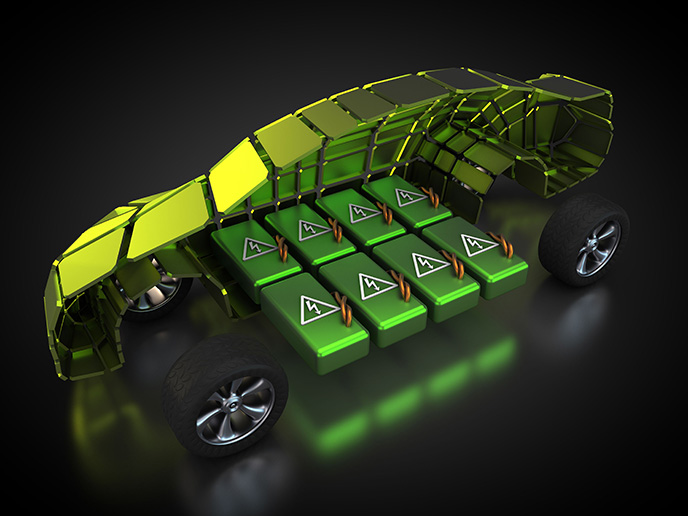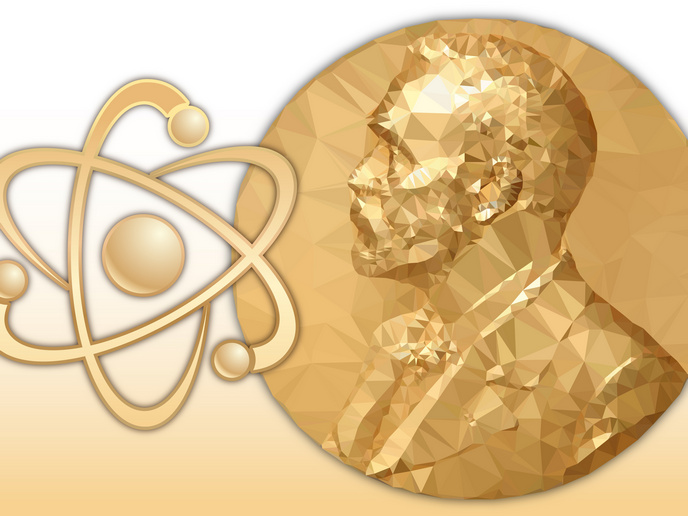Atomic-light interfaces hold key to quantum technology
In everyday life, we routinely control and manipulate light using mirrors, fibre-optic cables and other materials to send information and perform other tasks. Scientists are increasingly interested in what happens when we interact with light at the atomic scale. “At this scale, interactions are governed by quantum mechanics, which can lead to behaviour that is different to what we might expect based on our everyday experiences,” explains DAALI project coordinator Darrick Chang from the Institute of Photonic Sciences in Spain. “There is huge interest in how these interactions could benefit information and computing technologies that rely on quantum mechanics.”
Building blocks for quantum information technologies
This research is still at an early stage. “For example, the best photon gate demonstrated to date – a basic building block to implement quantum logic and quantum computing – still fails more often than it succeeds,” says Chang. The DAALI project therefore sought to achieve higher efficiencies for atom-light interactions. To do this, the project focused on two relatively new and exciting approaches. “The first was to develop disruptive platforms based on interfacing atoms with nano-photonic devices,” explains Chang. “Nano-photonic systems offer excellent potential for scalability, while the ability to confine light to small regions enables us to approach the ultimate limits of atom-light interaction strengths.” The second aim of the project was to exploit powerful new principles for light-matter interactions, in particular the use of ordered arrays of atoms. “Using dense, ordered arrays allows us to take advantage of strong interference effects in light scattering,” adds Chang. “To date however, experimental platforms with perfect arrays of atoms have been difficult to develop.”
Implementing complex quantum tasks
On the nano-photonics side, the team was able to couple single atoms to whispering gallery mode cavities and implement more complex quantum tasks than had previously been possible. Significant progress was also made on implementing a new kind of interface, where atoms are coupled to photonic crystal waveguides. The project team devised new ways to realise perfect arrays of atoms for quantum optical applications. “The team developed the first ‘quantum gas microscope’ for strontium atoms,” notes Chang. “This is a potentially powerful platform not only for quantum optics, but for other areas of quantum science such as quantum simulation.” The team also developed theories to realise short perfect chains of atoms coupled to a nano-photonic system, based on ‘kicking out’ any atom that does not belong to a perfect chain.
Improving quantum atom-light interfaces
These findings could have significant implications for quantum technologies. “Light is the only natural way to communicate information over long distances,” says Chang. “Improving quantum atom-light interfaces should therefore be a cornerstone for any quantum revolution.” Making these systems fully functional – for example implementing a photon gate that outperforms previous approaches – will still take time. However, Chang and his team strongly believe in the potential of these new systems, and are hopeful that with continued efforts, a better photon gate should be plausible in the next few years. “The typical quantum optics textbook today never mentions the theory of how arrays of atoms, or atoms coupled to nano-photonic devices, interact with light,” adds Chang. “My hope is that such systems will change the way we build and think about atom-light interfaces, and what we can do with them. If that occurs, we will have to rewrite the books!”
Keywords
DAALI, atomic, quantum, technologies, atoms, photon, nano-photonic







